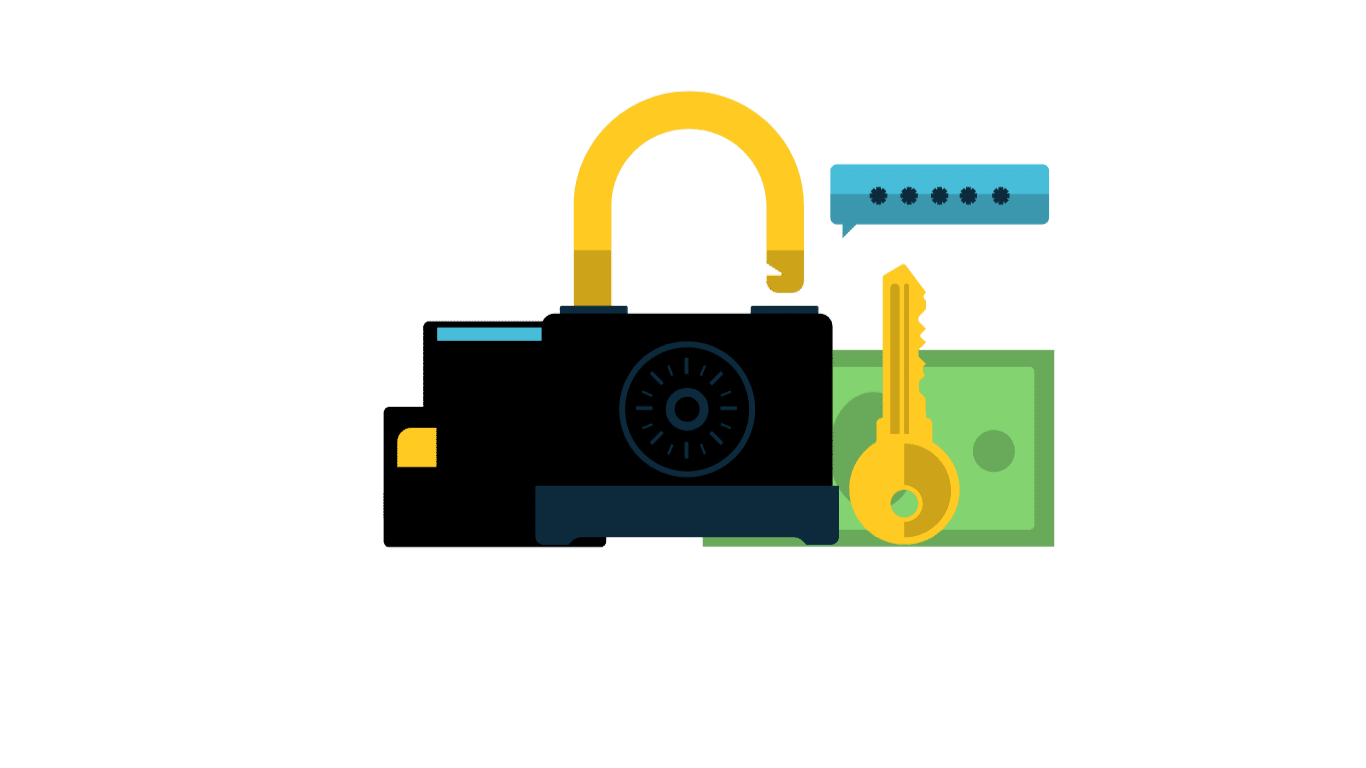Mastercard’s White Paper on Biometric Security Explains Why We Need It
Last Updated on March 8, 2021 by Corepay
Last week, we wrote about the high demand for better digital authentication and how people need strong-like-bull biometric security, but they don’t want to be greatly inconvenienced or have too much of a headache trying to protect their own finances from cybercriminals and thieves.
Of course, everyone is looking for different solutions, and companies are exploring different options for security, both online and in person. For example, Mastercard is exploring ways to monitor an individual’s gait to confirm their identity on public transportation like trains, subways, and buses.
The credit card network also recently published a white paper — Biometrics: Meeting the challenge of authentication and payments technology — about their efforts in payment authentication solutions using biometrics — fingerprint scanning, facial scanning, iris pattern recognition — to increase customers’ financial security and prevent theft, while still keeping the actual authentication process convenient and frictionless.

- Something you have (smartphone, chip card, wearable device).
- Something you knows (password or PIN).
- Something you are (fingerprint, facial recognition, voice recognition).
In essence, if you use a chip card and a PIN number (have and know) when you make a purchase, you’ve met the SCA. Or if you’ve used your mobile wallet and a fingerprint verification (have and are) to unlock your phone, you’ve met the SCA.
Newer phone unlocking technology includes the iPhone’s facial recognition and we’re probably not that far off from iris pattern recognition, both common forms of biometric security.
Both consumers and banks are excited about the adoption of mobile biometrics. According to a 2017 study Mastercard and Oxford University’s Department of Computer Sciences, Mobile Biometrics in Financial Services: A Five Factor Framework, 93 percent of consumers prefer biometrics to passwords, and 92 percent of banks want to adopt biometric technology.
This is especially important, as most consumers tend to be, well, rather bad at online security.
For one thing, Mastercard and Oxford found is that consumers have up to 90 online accounts, including social media, games, shopping sites, and financial institutions. They also found that:
- 51% of passwords are used at least twice.
- 21% forget their passwords after two weeks.
- 25% of users forget at least 1 password per day.
Given that a high number of people are not practicing good password security, this is one more reason to switch to biometric authentication technology.
What is Mastercard’s Five Factor Framework?
Mastercard recommends financial institutions and financial technology companies follow their “Five Factor Framework” to “achieve a consistent enterprise solution.” This framework focus on:
- Performance: Create frictionless, yet secure biometric solutions by combining low algorithmic error rates with a second factor of device ID for a multi-layered solution.
- Usability: Design a user experience that conveys trust and security while being easy enough to delight even the technophobes.
- Interoperability: Future-proof your solution to work with a range of devices, use cases, and methods (face, iris, voice, etc.)
- Security: Minimize your risk by encrypting biometric templates and ensuring they never leave the user’s device.
- Privacy: Use cutting edge protection technologies to preserve confidentiality and anonymity even within an authentication system.
Mastercard then demonstrates how they’re putting these five factors into action and implementing them at an operational and technical level.
And it seems to be working. According to their figures, more than 135 million people around the world have enrolled for services that use a person’s voice to speed up the authentication process. That’s an 84 percent growth over the two prior years. This also had an added benefit of reducing call handling times and improved first call resolution.
There are several takeaways from the Mastercard white paper, which you can find at this link.
And if you would like information on how to use biometrics and other authentication methods in your own operation, Corepay can help you. To learn more, please visit our website or call us at (866) 987-1969.
Photo credit: TBIT (PXHere.com, Creative Commons 0)
We appreciate you following Corepay’s blog. Let’s collaborate, send us your article suggestions, questions, and/or feedback to: [email protected].




